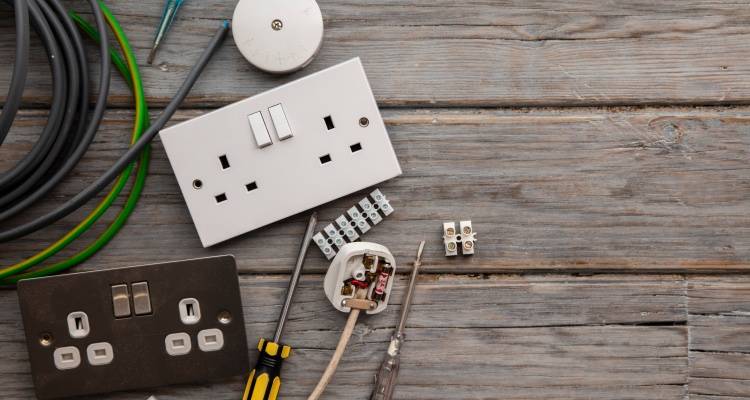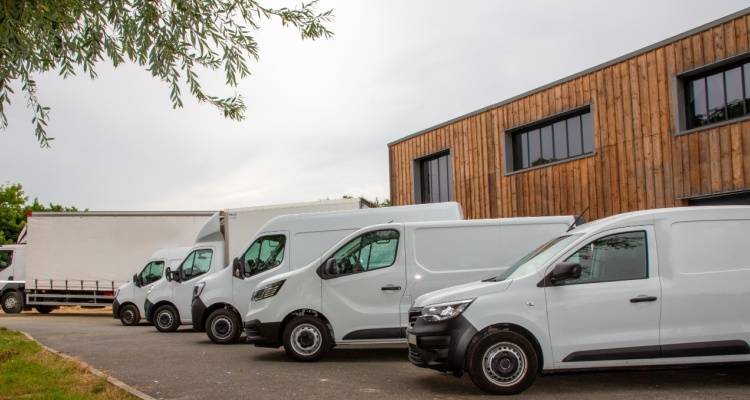What Can I Do with a Part P Qualification?
For electricians in the UK, ensuring your work is regulated, safe, and precise is vital to maintain clients and grow your business. If you want to expand your trade, incorporating a Part P qualification can be a great way to increase your credibility–but what is Part P, and how do you become Part P registered?
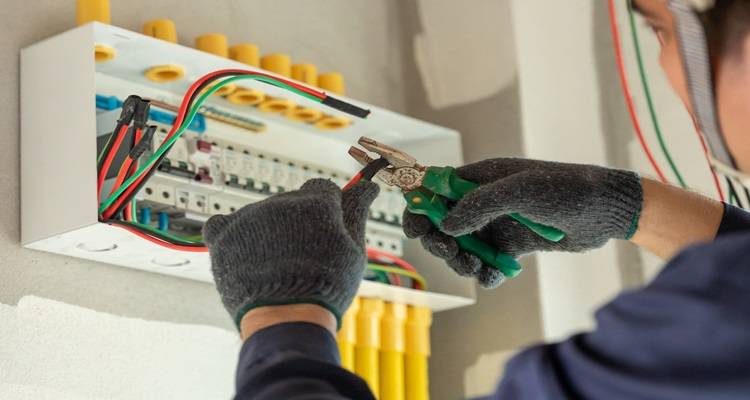
Whether you’re an electrician wanting to expand your qualifications to have the ability to self-certify your work or are a tradesperson wishing to carry out electrical jobs as part of your trade, such as kitchen fitters, this article will tell you everything you need to know about Part P, who needs the qualification, and how to go about getting it.
Let’s get started.
Table of Contents
- Part P was introduced into the Building Regulations in 2005 to protect individuals in England and Wales from unsafe electrical installations.
- Part P comes in two forms: Part P of the Building Regulations Qualification and Part P of the Competent Person Scheme.
- Electricians can bolster their trade offerings by expanding their qualifications with Part P, enabling them to self-certify their domestic work.
- The Part P Competent Person Scheme certifies electricians and ensures their working knowledge of current electrical regulations, ensuring their credibility and skill in the industry.
What is Part P?
Part P is a crucial certification introduced into the Building Regulations in 2005. It is designed to protect individuals in domestic properties in England and Wales from unsafe electrical installations.
Part P allows registered electricians, such as those with the following bodies–
- NICEIC - National Inspection Council for Electrical Installation Contracting
- NAPIT - A leading Government approved and United Kingdom Accreditation Service (UKAS) across electrical, heating and plumbing
- BFC - Blue Flame Certification, United Kingdom Accreditation Service (UKAS) across gas, oil and electrical
–to self-certify their work after carrying out notifiable electrical work on domestic properties, removing the need for you to submit a building notice to your local council, as your registered electrician will do the paperwork on your behalf.

The Electrical Safety Roundtable states that the following are deemed ‘notifiable work’ in England:
- Installation of new electrical circuits
- Fuse box/consumer unit replacements
- Electrical circuit alterations in bathrooms (or those with a certain proximity to showers/baths)
- Electrical circuit alternations in rooms containing swimming pools or saunas
This is slightly different in Wales, where the above plus work to circuits in kitchens and outdoor areas is also considered notifiable work.
Once the work has been carried out and completed, the electrician will fill out a BS 7671 electrical installation certificate and give you a Building Regulations Compliance Certificate.
Types of Part P
Part P isn’t just one certification–there are two different definitions and meanings to be aware of:
Part P of the Building Regulations Qualification
Electricians can earn their qualification in Part P of the Building Regulations by completing various trade courses. This can be in the form of The City & Guilds 2393 Part P, which, once completed, will demonstrate that the electrician has a thorough understanding of current regulations and can safely ensure that their work complies with Part P of the Building Regulations.
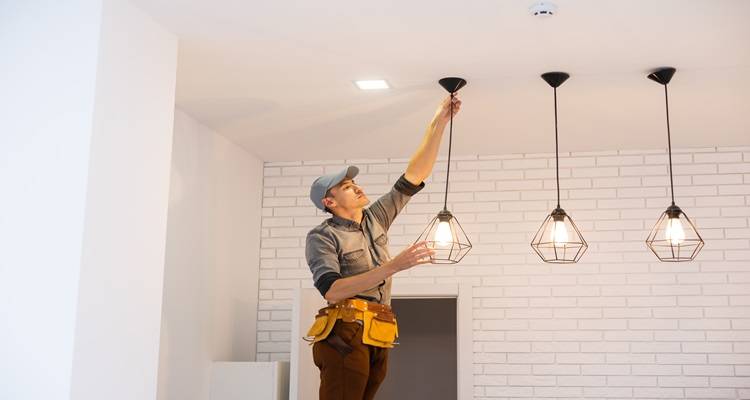
This course can be completed in two days, running from 9:00 am to 4:30 pm each weekday, and costs around £235 + VAT to enrol. At the end of the course, a 40-minute open-book exam will be given to determine whether you pass or fail the course.
Part P Competent Person Scheme
This scheme works similarly to the Gas Safe Register for gas fitters, which certifies those individuals are qualified to undertake gas works by undergoing routine assessments. The Part P Competent Person Scheme involves an annual membership to ensure electricians are working to the current electrical regulations and ensures competency in the trade.
Electricians must be part of the Part P Competent Person Scheme to sign off their notifiable electrical work.
Do I Need Part P?
The short answer? If you’re an electrician, and even if you’re not, but conduct electrician-adjacent work in your trade, being Part P qualified can help expand your business and crucially ensure the safety of your electrical installations.
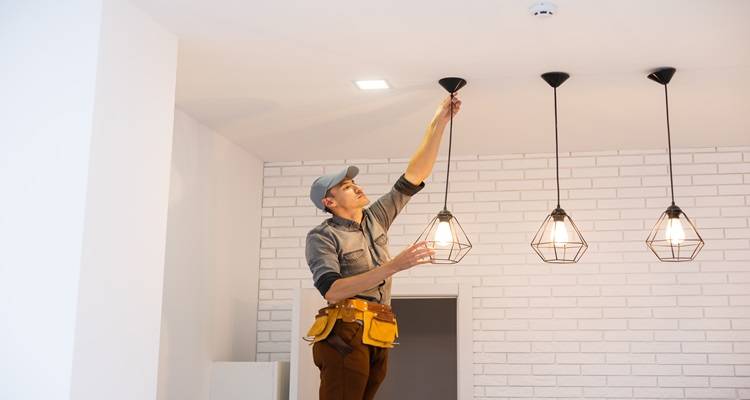
Electricians need a Part P qualification to enlist in the Part P Competent Person Scheme. Part P can be helpful for individuals other than electricians working as:
- Kitchen fitters
- Bathroom fitters
- Plumbers and heating engineers
- General builders who may carry out electrical work
This will not only bolster your business’s offerings to customers but also ensure that your electrical work is carried out safely and in accordance with current regulations.
What Can I Do With a Part P Qualification?
Once you have become Part P qualified, you must enrol in a Part P Competent Person Scheme to be able to make Part P notifications for notifiable work on domestic premises.
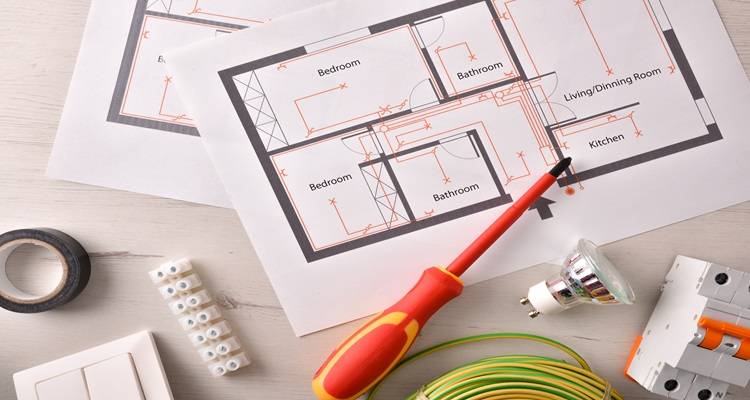
The two types of electrical works are classed as:
- Notifiable electrical works: These concern significant electrical works such as rewiring a property, replacing the fuse box or consumer unit, any electrical work in a bathroom, kitchen, or en-suite, or installing new circuits.
- Minor electrical works/Non-notifiable electrical works: These concern “minor” electrical works such as replacing a like-for-like socket, switch, or light fitting or repairing/maintaining existing electrical work.
Notifiable electrical works carry higher risks due to their extensive nature or proximity to danger (such as bathrooms and kitchens). They should only be carried out by competent, qualified electricians to ensure safety for both contractor and customer.
Although minor electrical works are “non-notifiable”, meaning the works don’t require you to notify your local building control, minor works will need a Minor Works Certificate upon completion.
This can be issued in the form of:
- Electrical Installation Certificate
- Minor Works Certificate
- Electrical Installation Condition Report (EICR)
How To Become Part P Registered?
The Part P Qualification–City & Guilds 2393 Building Regulations & Part P Online Course–is suitable for qualified and experienced electricians who wish to gain “comprehensive and accredited training for domestic electrical installers.”

This specific course is for individuals wishing to learn remotely and at their own pace and will cover the following:
- Identification techniques for notifiable and non-notifiable work under Part P of the Building Regulations
- General understanding of the Building Regulations and how they are enforced
- Understanding of Building Control Services and their role in the industry, as well as Local Authority Building Control Services
The course will focus on the following topics:
- All Parts of Schedule 1 relating to electrical work (concerning parts A, B, C, E, F, L, M, and P)
- Circuit Specifications (standard, final, lighting and cooker circuits and fused connection units)
- Design (materials and installation)
- Government-approved Part P Competent Scheme Providers (NICEIC, NAPIT, etc.)
- Legislation (general health and safety, Building Regulations, notification to building control, definitions of minor/non-notifiable work and notifiable work)
- Mains Position (supply systems, earthing and bonding, residual current devices)
- Safety (pre-work surveys)
- Special Locations (rooms containing baths/showers, kitchens)
The course can be completed in two days, running from 9:00 a.m. to 4:30 p.m. each weekday, and costs around £235 + VAT to enrol. At the end of the course, a 40-minute open-book exam will determine whether you pass or fail.
Once qualified, you must enrol in a Part P Competent Person Scheme, such as NICEIC or NAPIT, to enable you to sign off on your work.
What Electrical Work Can I Do Without Part P?
As the NICEIC says, “The safest way to do electrical DIY is NOT to do electrical DIY.” The best advice is always to hire a professional.
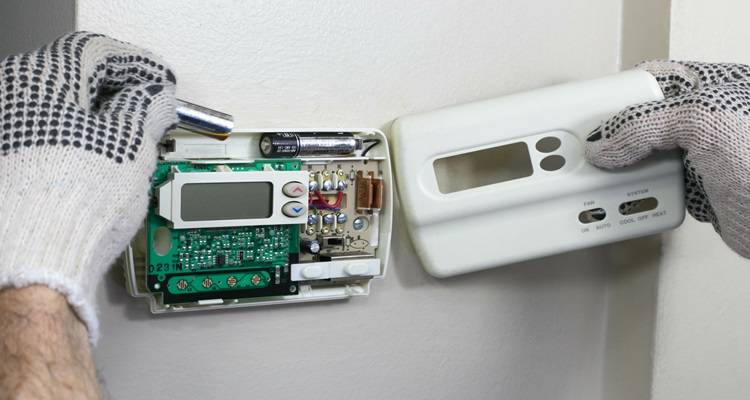
However, according to government advice for qualified electricians, electrical work considered “minor”—such as like-for-like replacements or changing existing sockets and switches—can be carried out without notifying Building Control.
These jobs can include:
- Changing existing sockets
- Changing existing switches
- Replacing damaged cables
- Replacing thermostats
- Installing low-voltage cabling for alarms and telephones
The downside of not having Part P certification is a potential reduction in safety. Part P is in place to ensure domestic properties and their inhabitants are safe from poorly fitted and executed electrical work, and having their electrical work signed off by a Part P Competent Person helps verify that their work is of sound standard.
Electricians without a Part P qualification will likely offer cheaper services, but this doesn’t always mean their work is better than those with higher prices. It is recommended that all electrical work be carried out by a competent individual aware of Part P and Building Regulations to ensure any jobs are safe and abiding by current legislation.
Conclusion
It can be tricky to understand the ins and outs of electrical safety and legislation. Part P adherence is crucial to any qualified electrician’s toolkit and can help bolster your credibility in the field while ensuring your work is of the correct, current electrical standards.
- Part P was introduced at the beginning of 2005 and is designed to keep contractors and consumers safe from unsafe electrical installations.
- Part P is a qualification, a prerequisite to joining the Part P Competent Person Scheme.
- Notifiable electrical works require Part P documentation which a qualified Part P electrician can sign off.
- Courses can be carried out with City & Guild: City & Guilds 2393 Building Regulations & Part P Online Course.
- Electricians must be part of the Part P Competent Person Scheme to sign off their notifiable electrical work, such as the National Inspection Council for Electrical Installation Contracting (NICEIC).
FAQs
What Electrical Work Can Be Done Without a License in the UK?
However, as the NICEIC says, “the safest way to do electrical DIY is NOT to do electrical DIY.” The best advice is always to hire a professional.
What Is Notifiable Electrical Work?
- Installation of new electrical circuits
- Fuse box/consumer unit replacements
- Electrical circuit alterations in bathrooms (or those with a certain proximity to showers/baths)
- Electrical circuit alternations in rooms containing swimming pools or saunas
This is slightly different in Wales, where the above plus work to circuits in kitchens and outdoor areas is also considered notifiable work.
Do Electricians Have to Be Registered?
What Is a Part P Certificate?
What Electrical Work Can I Do Without Part P?
Sources
https://www.warwickdc.gov.uk/info/20375/building_regulations/1140/renovating_your_home/9
https://www.electricalsafetyroundtable.co.uk/safety-guidance/what-is-notifiable.aspx
https://electriciancourses4u.co.uk/blog/what-does-it-mean-to-be-part-p-qualified
https://www.electricalsafetyfirst.org.uk/find-an-electrician/part-p
https://www.ableskills.co.uk/blog/do-i-need-to-register-if-i-want-to-be-an-electrician/

